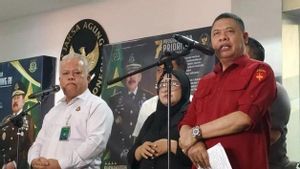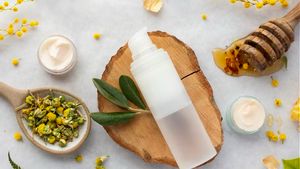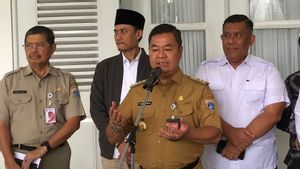JAKARTA - Frequent exercise habits can reduce the risk of stroke survivors getting the disease back. This was conveyed by a neurologist specialist at Pasar Minggu Hospital, dr. Marijanty Learny Vera T., Sp.N., in a discussion.
"One million stroke cases per year are related to a lack of physical activity, by getting the recommended amount of exercise every week, it will reduce the risk of stroke," said dr. Marijanty quoted from Antara, Tuesday, November 5, 2024.
Marijanty said stroke was one of the main causes of death and disability worldwide. But most stroke cases can be prevented by overcoming a small number of major risk factors such as regular exercise.
"In relation to stroke, exercise is carried out only five times a week for 30 minutes, the risk of stroke can be reduced by 25 percent," he said.
For example, small daily activities such as walking rather than using a car, choosing to climb stairs rather than using elevators, gardening and doing homework will help people stay healthy and reduce the risk of stroke.
In addition to maintaining activities in general, it is recommended to target at least two and a half hours of moderate to heavy exercise every week. This can be divided as desired, but the good way to achieve this target is to be active for 30 minutes, five days a week," he suggested.
SEE ALSO:
If the survivor finds it difficult to schedule 30 minutes of exercise a day, he suggests dividing the duration into a block of 10 minutes or more throughout the day and continuing to improve over time.
He emphasized that even people who are stroke survivors, must continue to exercise regularly because by exercising, the survivors will also avoid the risk of dementia, increase recovery, help overcome fatigue and improve the welfare of life.
Even if your mobility is affected by a stroke, there may still be a type of sport that suits you. A physiotherapist or occupancy therapist can help find the right sport," said Marijanty.
On that occasion, he also reminded that stroke can occur when blood flow to the brain stops due to blood clots or because the arteries in the brain rupture so that they experience bleeding.
Thus, stroke should not be ignored and needs to be recognized for symptoms. For example, weakness on one side of the body, difficulty speaking or understanding speech, visual disturbances such as running away or missing, dizziness, loss of balance, headaches, numbness or tingling and difficulty swallowing.
"Remember! one in four people is at risk of a stroke in their lives, but by taking simple steps, almost all strokes can be prevented," he said.
The English, Chinese, Japanese, Arabic, and French versions are automatically generated by the AI. So there may still be inaccuracies in translating, please always see Indonesian as our main language. (system supported by DigitalSiber.id)


















